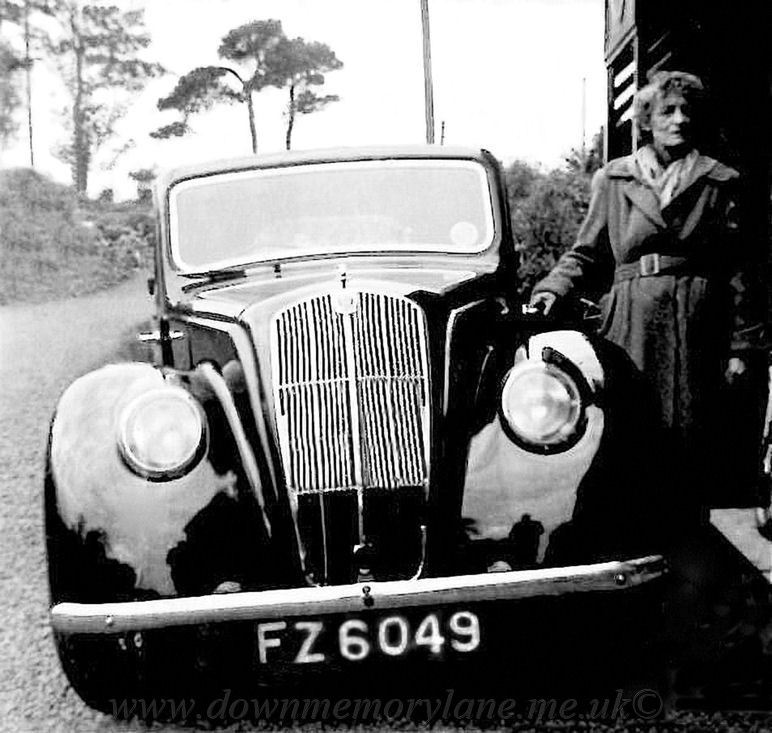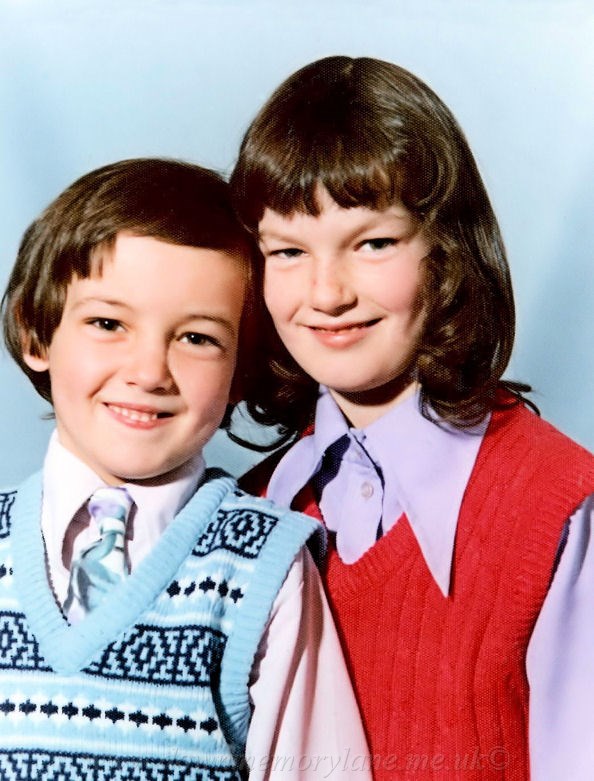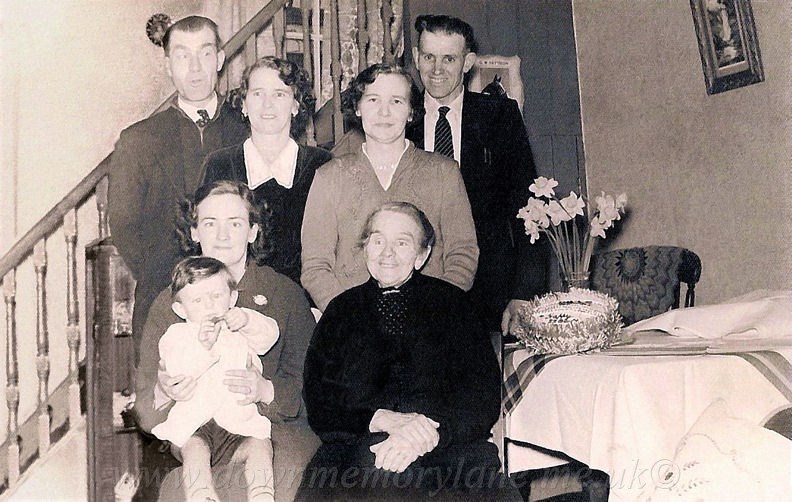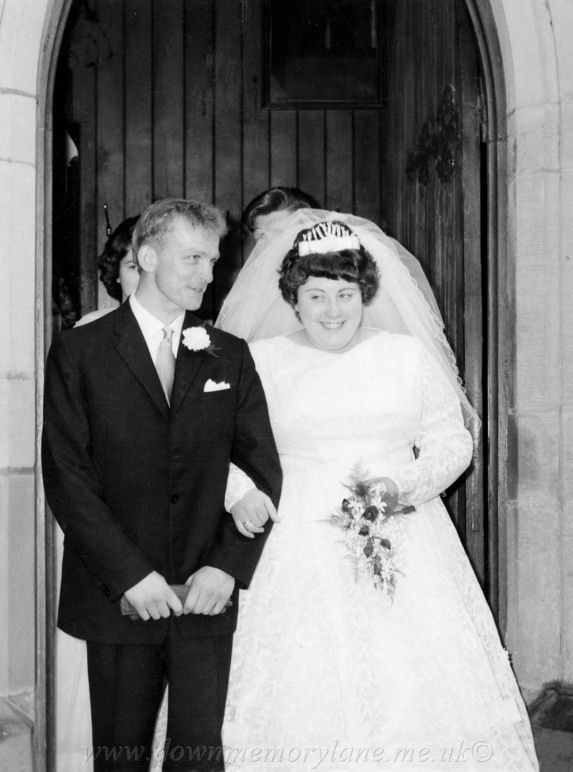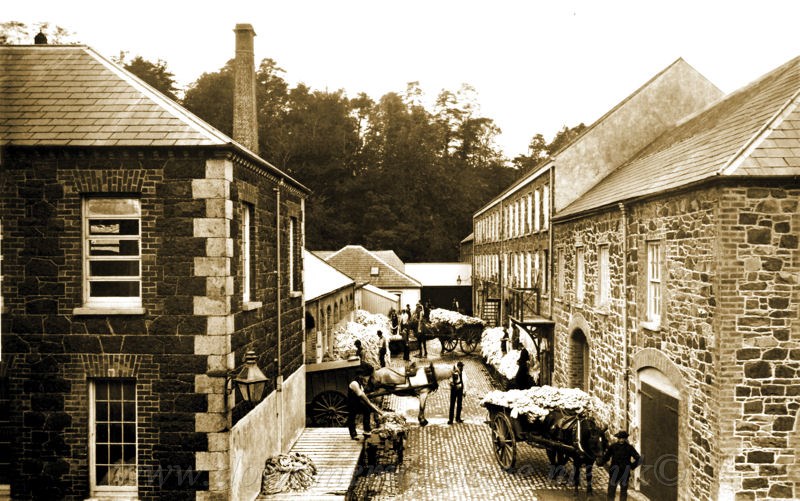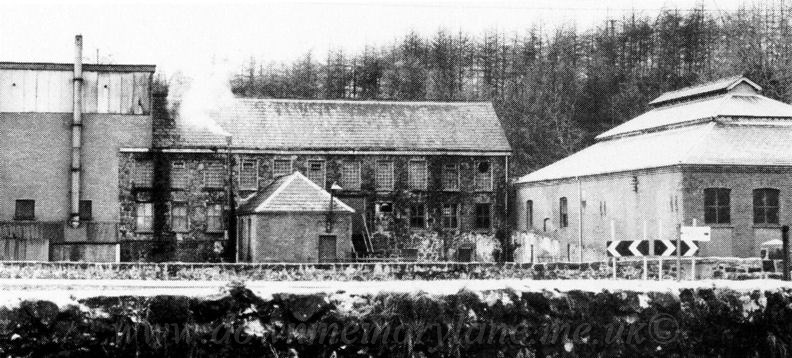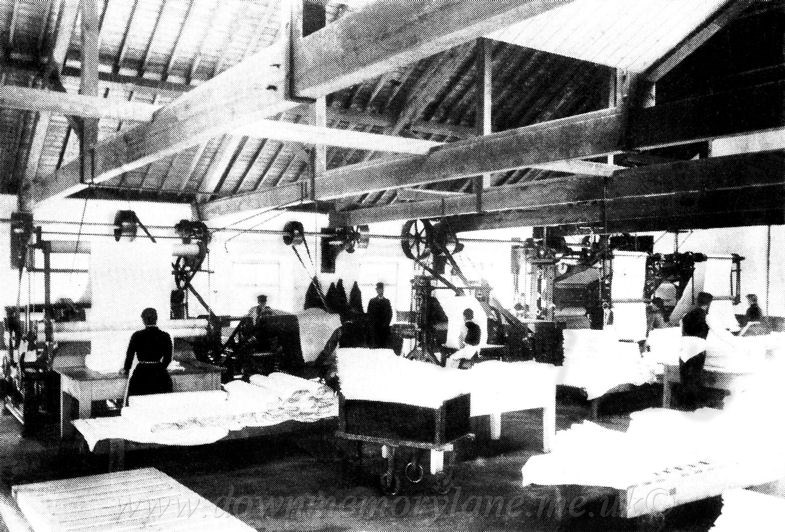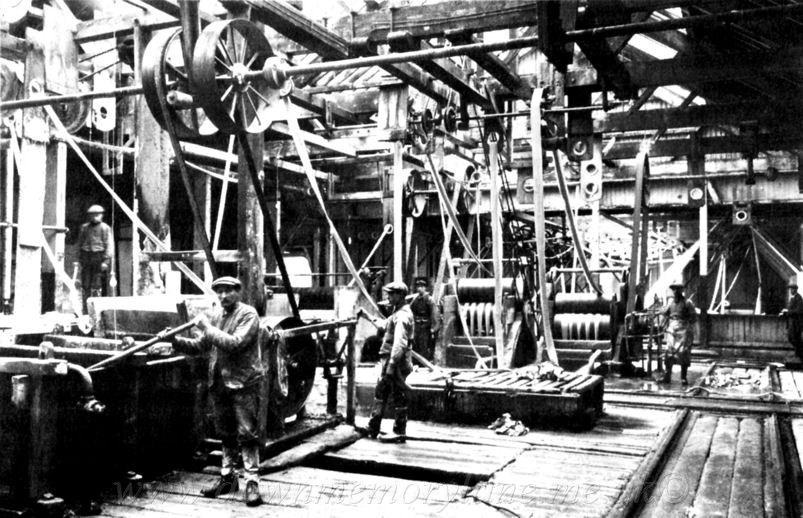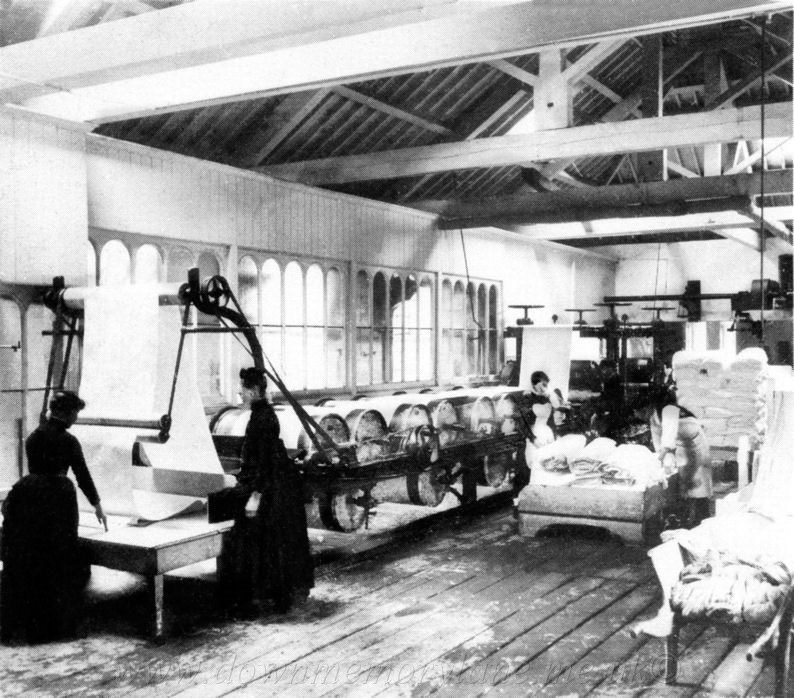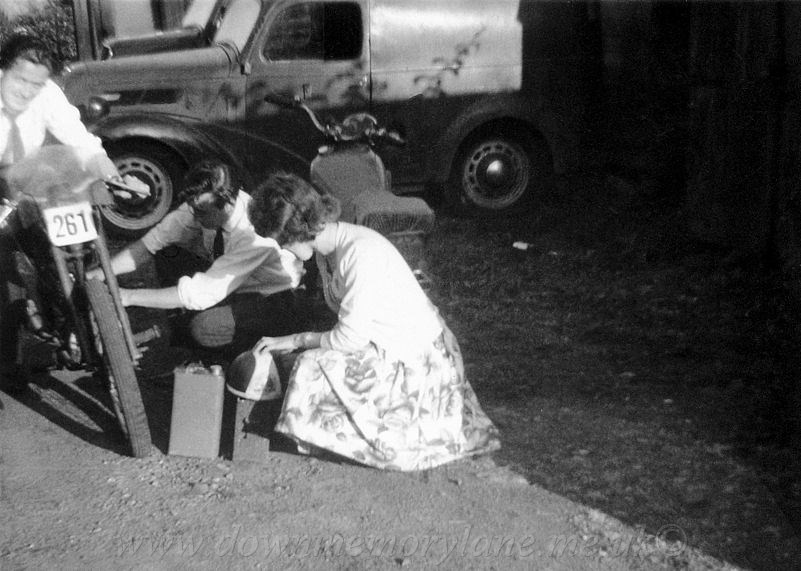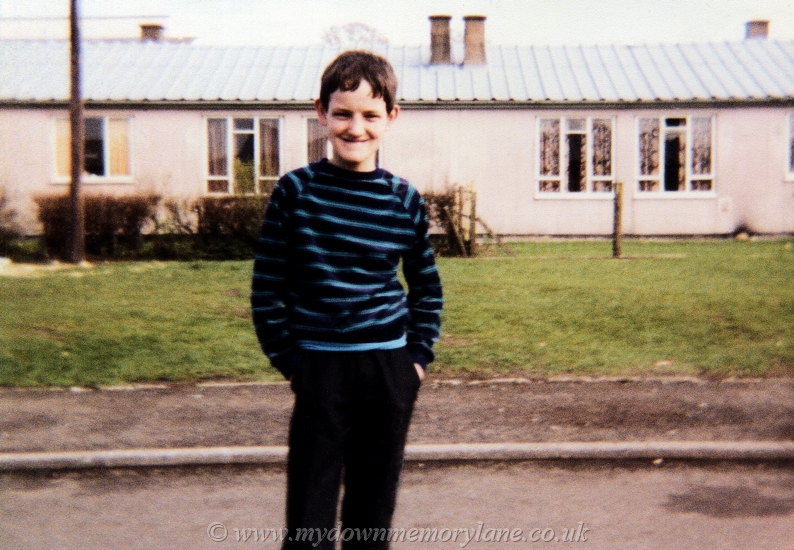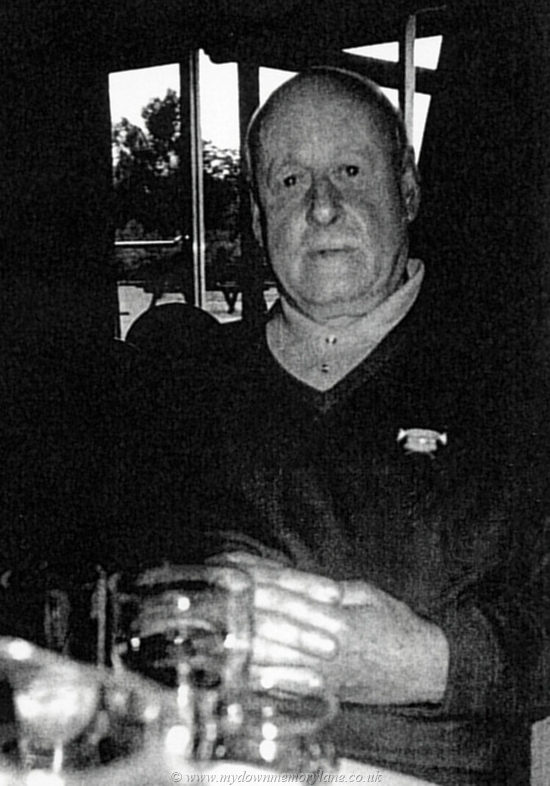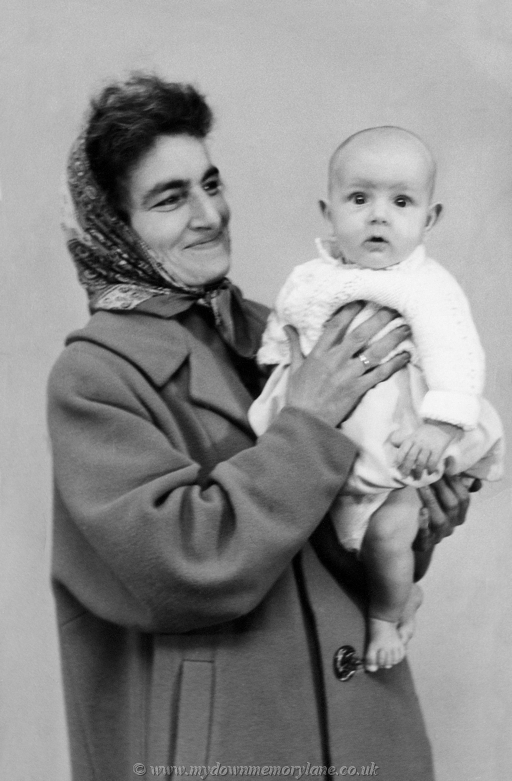ELIZABETH YOUNG 3081
Patiently waiting for her husband John Young to appear so she can go shopping
in Antrim is Elizabeth Young and they lived out at Dunadry.
YOUNG CHILDREN 3082
This lovely portrait photograph of these Antrim children are John and Anna
Young.
NORMAN YOUNG 3108
Here we have a young Norman Young very smartly dressed to go somewhere and
I wonder is that his dad's brylcreem he has on his hair.
BIRTHDAY GIRL 3110
Here for her birthday we have at the back on the left Harry McCleary and John
Young. In the middle are Maggie Baxter and Josie Young.
Seated in front are Phylis Tipping nee Young and on her knee her son John
McNeil, Finally we have the birthday girl herself Ellen Young.
HARRY
YOUNG 3121
Out down High Street in Antrim is Harry Young getting snapped by one of his
friends.
YOUNG WEDDING 3219
Having just appeared in the doorway of High Street Presbyterian Church in
High Street the photographer has managed to catch the love in their eyes.
The Groom is Harry Young and his lovely bride Edith Young nee McCullough.
EDITH
YOUNG 3122
Out Here we have Edith young nee McCullough standing on the steps of number
13 Riverside in Antrim.
YORK STREET FLAX SPINNING Co.Ltd. 338
This evocative shot of the York Street Flax Spinning
Mill at Muckamore captures a day in the life of a long gone industry. Taken
in 1910, it shows the wet cloth being loaded into specially designed carts.
Prior to this the material would have been put into boiling pots capable of
holding 3,600 pounds of cloth. The pots contained a mixture of soda ash, lime
and water and they would have bubbled away for up to eight hours to remove
all residues of wax and fat. The carts took the wet material away to be 'grassed'
a process of laying the cloth out in long strips in the fields to let the
sun bleach them.
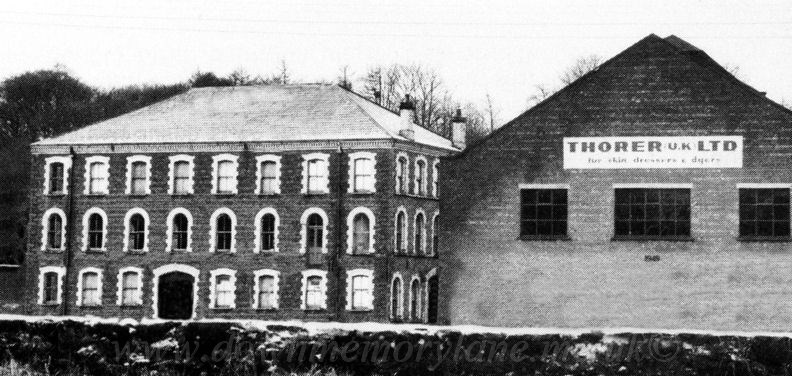
YORK STREET FLAX SPINNING Co.Ltd. 576
The building to your left was the original mill and the brick section was
added in 1949. This is only part of the mill as it stretched further along
and did all the bleaching of the cloth at Muckamore and the area was known
as ' The Green '.When they stopped production Thorer's U.K. Ltd took over
and used it for Fur Curing and Dying.
The photograph was taken in 1985.
YORK STREET FLAX SPINNING Co.Ltd. 578
This section of the mill shows you the dam of water from the Sixmilewater
river. It meant that they always had a plentiful amount of water ready to
use in the bleaching process. To the left of the picture you can see a mesh
guard in the dam, this was to filter out any rubbish that might be in the
water. Just above the mesh guard to your right you can see a large wheel,
this operated the sluice gate to allow more water into the mill. The year
was 1945.
YORK STREET FLAX SPINNING Co.Ltd. 577
This is another section of the Bleaching Mill at Muckamore.
The photograph was taken in 1985.
YORK STREET FLAX SPINNING Co.Ltd.
339
This is the ' Wash Room' and after each process
in the making of the linen the cloth would come here to be given a through
washing. This consisted of the cloth being put into these machines called
' Ceeves' or ' Tames'. The cloth was then squirted with jets of water while
heavy wooden rams fell against it squeezing out unwanted imputities. Workers
in the bleach mills often wore wooden clogs to keep their feet dry. The year
is 1910.
YORK STREET FLAX SPINNING Co.Ltd.
573
This department in 1910 was called the ' Rub Boards
' here these boards removed any carbon and oil which might have contaiminated
the cloth during any of the other processes. The cloth was pulled through
the ' eyes ' in the boards, then two plates moved to grasp the cloth between
their narrow parallel grooves. The boards inner surfaces were lined with Lignum
Vitae, a hardwood from South America.
YORK STREET FLAX SPINNING Co.Ltd.
584
The men working in this photograph are in the
' Wet Room '.
This is where they pre-shrink and scald the linen by putting the linen slowly
through a vat of caustic soda, then washing the linen several times to remove
the caustic soda making the linen more white, the year is unknown.
YORK STREET FLAX SPINNING Co.Ltd.
574
In this department the cloth is stretched because
during the bleaching process a certain amount of shrinking takes place. This
machine called a ' belt stretcher or a ' cold stentering frame' to compensate
for this the cloth is stretched or breadthed.
You can see the spray bar at the bottom roller for a certain amount of moisture
has to be left in the cloth to aid in the next process known as ' Beetling
'. The year is 1910.
RUNNING REPAIRS 2203
Seen here having running repairs done to his bike is Norman Young.
Checking the bike is his brother Dennis and his lady helper is unknown.
YORK STREET FLAX SPINNING Co.Ltd.
3822
It's 1936 and we are in Muckamore, Antrim at the
York Street Flax and Spinning Co. Ltd. Being photographed today is the Dye
Works , Finishing and Dispatch department.
At the back are Annie Cunningham, Unknown, Tillie Stewart and the rest are
Unknown.
In the 4th row from the left we have Unknown, Unknown, Reene McIlveen, Unknown,
Annie Mackle, Unknown, M. Allen, Unknown, Mrs. John Cochrane and Unknown.
The 3rd row has John Scott, May Stewart, Jean Beresford, Unknown, Unknown,
Ben Craig, Unknown, Unknown and John Craig.
While in the 2nd row are Samuel Craig, John McFadden and the rest are Unknown.
Now in the Front row we have Unknown, Unknown, Adam Craig, Bob Craig, Unknown,
Unknown, Unknown, Unknown, Unknown, Unknown and Billy Craig.
Names courtesy of: Agnes Fletcher.

MISS YOUNG
925
Sitting up and looking every inch a lady like she is today is Elizabeth Young
in 1963. Nothing but the best for our Elizabeth - for the pram is a 'Silver
Cross' the Rolls Royce of prams back then. In the background the car belonged
to Sammy Whiteside and it was parked oputside their prefab in Belmont Park.
YORK STREET FLAX SPINNING Co.Ltd.
575
This is the ' Finishing Room ' in 1910, were the
cloth was put through mangles in which tons of pressure was applied to further
enhance the cloth.
They then went to the Calender machines which had up to eight rollers called
' bowls ' this further enhanced the appearance of the linen.
Then the lined was ' lapped ' (folded) with the stamp of the merchant added,
then the cloth would be wrapped in brown paper and sent to a ' white linen
' market or sold on to other mills which would turn it into the famous ' Irish
Linen ' goods or cloths.
Pages:
YORK STREET FLAX SPINNING Co.Ltd.
429
This photograph was taken at the Muckamore branch
and this is the department where they dyed the linen, the date is Unknown.
From the left we have, McCourtney, McQuillen, Hannan, Harold Anderson and
William McVeigh.
YORK STREET FLAX SPINNING Co.Ltd.
559
This is where they did the Starching and Blueing
was done to give added whiteness to the cloth. The operation was done in what
was called a three bowl mangle with a starch trough, which you can see being
done in the left of the picture. The girl in the centre of the picture helping
the man with the linen seems to wearing a mask over her nose and mouth, I
wonder what that was for? The year is unknown.
YORK STREET FLAX SPINNING Co.Ltd
572
Here we have workers grafting away in the York
Street Flax Spinning Mill at Muckamore back in 1910 in what was called the
wet Spinning room. The flax was 'wet spun' the flax went through a trough
of hot water which softened the flax so that the fibres could be pulled out
to the required fineness in these impressive machines. The workers did a 12-hour
shift for 5 1/2 days starting at 6am with a single half-hour
break. They stood all day studiously watching the bobbins in case of breakages
and if so fix them immediately. You may also note that the lady and the young
girl are in their bare feet - imagine that in the wintertime!
But the man in charge is wearing shoes!
MATTIE YOUNG 3060
This lovely portrait photograph is of local Antrim girl Mattie Young.
YORK STREET FLAX SPINNING Co.Ltd. 3881
This arial photograph taken in 1926 shows the size of the York Street &
Flax Spinning Mill at Muckamore. It was just off the Seven Mile Straight road
and next to the sixmile water river, it was a large spinning mill as you can
see and the smoke belching out of the chimney. On your right just down from
the white buildings you can see two rows of houses where some of the workers
lived they also had their own shops and Post Office were one road led to the
mill the other went to the Sevenmile Straight road.
ANORWEEGIN 1609
This is George Young who was well known in the Enkalon Club and around town.
He had a famous saying "Anorweegin" meaning Another wee gin.
BELMONT PARK 1819
Standing outside his home in Belmont Park, Riverside in 1976 is John Young.
A MOTHER'S LOVE 2189
This is Norman Young back in 1963 having his photograph taken.
Holding him is his mum Mary and just look at the love in her eyes for him.
